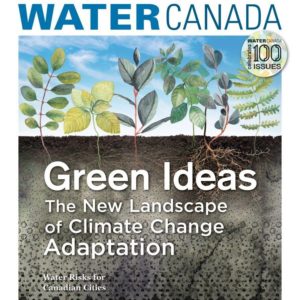I am privileged to be asked to serve as the keynote speaker for Canada’s 9th Annual Water Summit, but the honor is mine. This is an opportunity for me to learn.

It is only fitting to begin my journey into Canada’s water resources at Canada’s 9th Annual Water Summit in Vancouver. Hundreds of policymakers, engineers and students gathered to plot the future course of sanitation, supply, and protection. The conference was opened by First Nation’s representations who offered a special prayer in addition to highlighting issues faced by their communities across the country. It is embarrassing to note how compromised the water supply is for indigenous Canadian’s. As noted by speakers at the summit, the first people in Canada populated regions around springs and clean water bodies. When the communities were forcibly relocated, it was away from their water sources. Some communities have been able to develop new sustainable supplies, but others are left with polluted resources. Still, further First Nations communities are forced to transport potable water great distances to serve their people. Water is either compromised or extremely expensive.
Another huge takeaway from the day was to consider that the word “sustainable” should be struck from our vocabulary. Sustainable is not good enough when it comes to water supply or climate change decisions. If somebody asked you if you had a good marriage and you answered that it was sustainable, then that would not speak well to your relationship. It is time to look at Net-Positive Solutions rather than Net-Zero. We have depleted global resources to such a level that it is important to start putting back all we have borrowed from Mother Earth. When the South African city of Cape Town approached Day Zero last April, when their water supply was about to run out, they realized they had to do more than maintain the reservoir levels at their current point. They needed to bank more water for times of drought.
Canada is wealthy with water resources, but as a part of a global watershed, we have to do our best to conserve. That means we all need to know where our water comes from and how we can protect both quantity and quality for the future. I learned at the Water Summit that we have a chance to lead the world in engineering and supply protection technologies. As Canadians, we have an opportunity to lead the world by our example. We can live in peace and harmony with our water planet.
